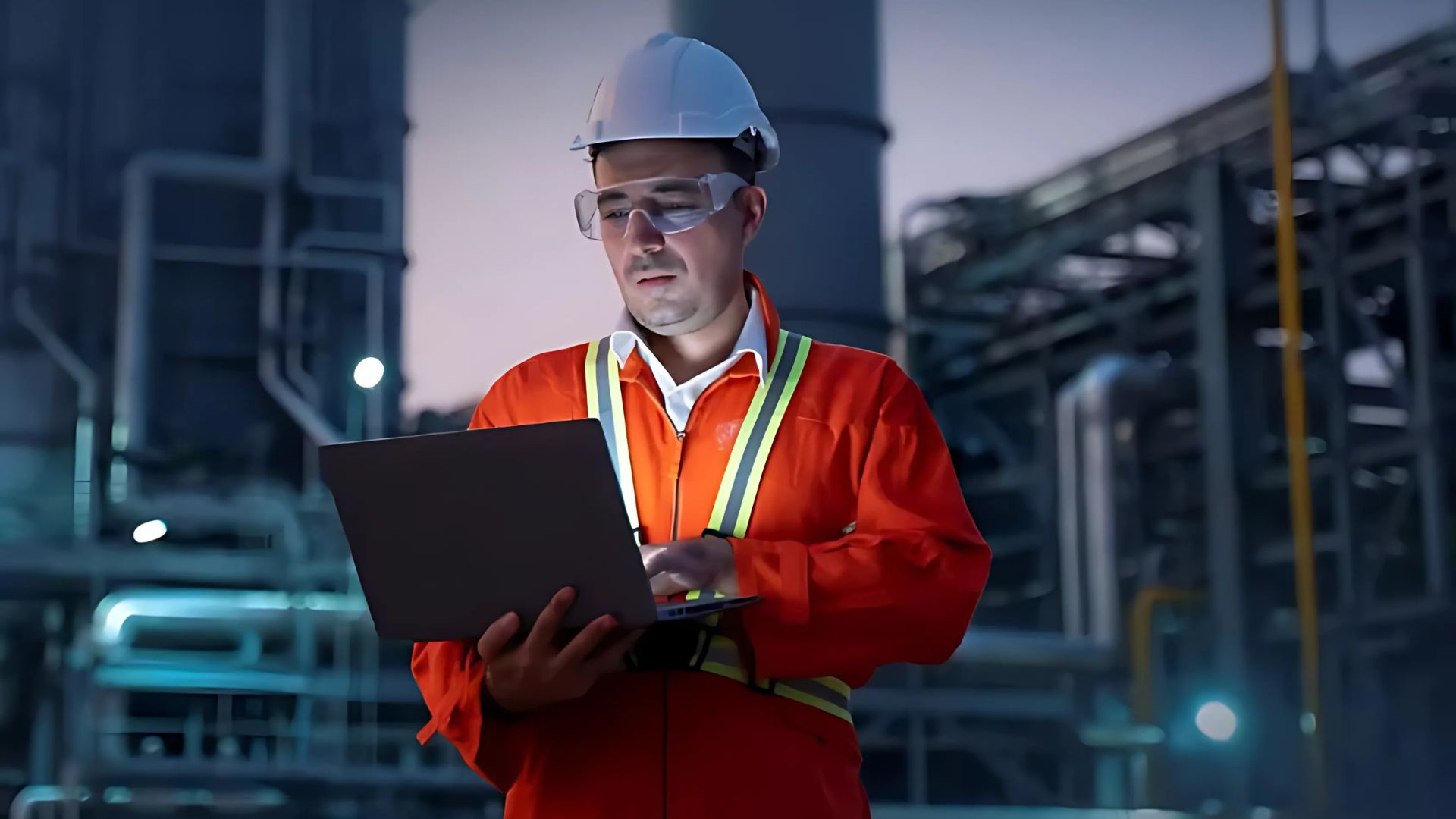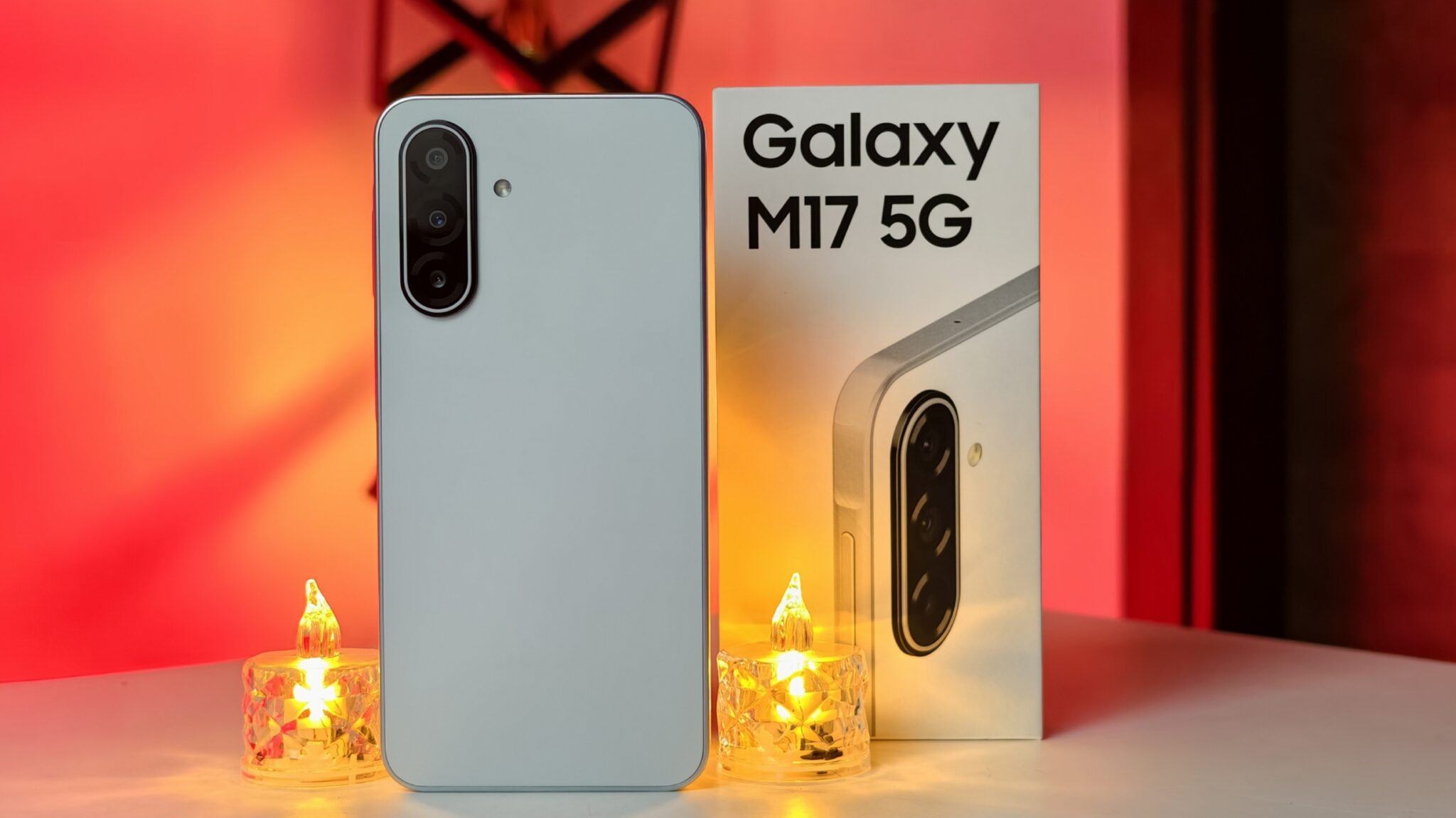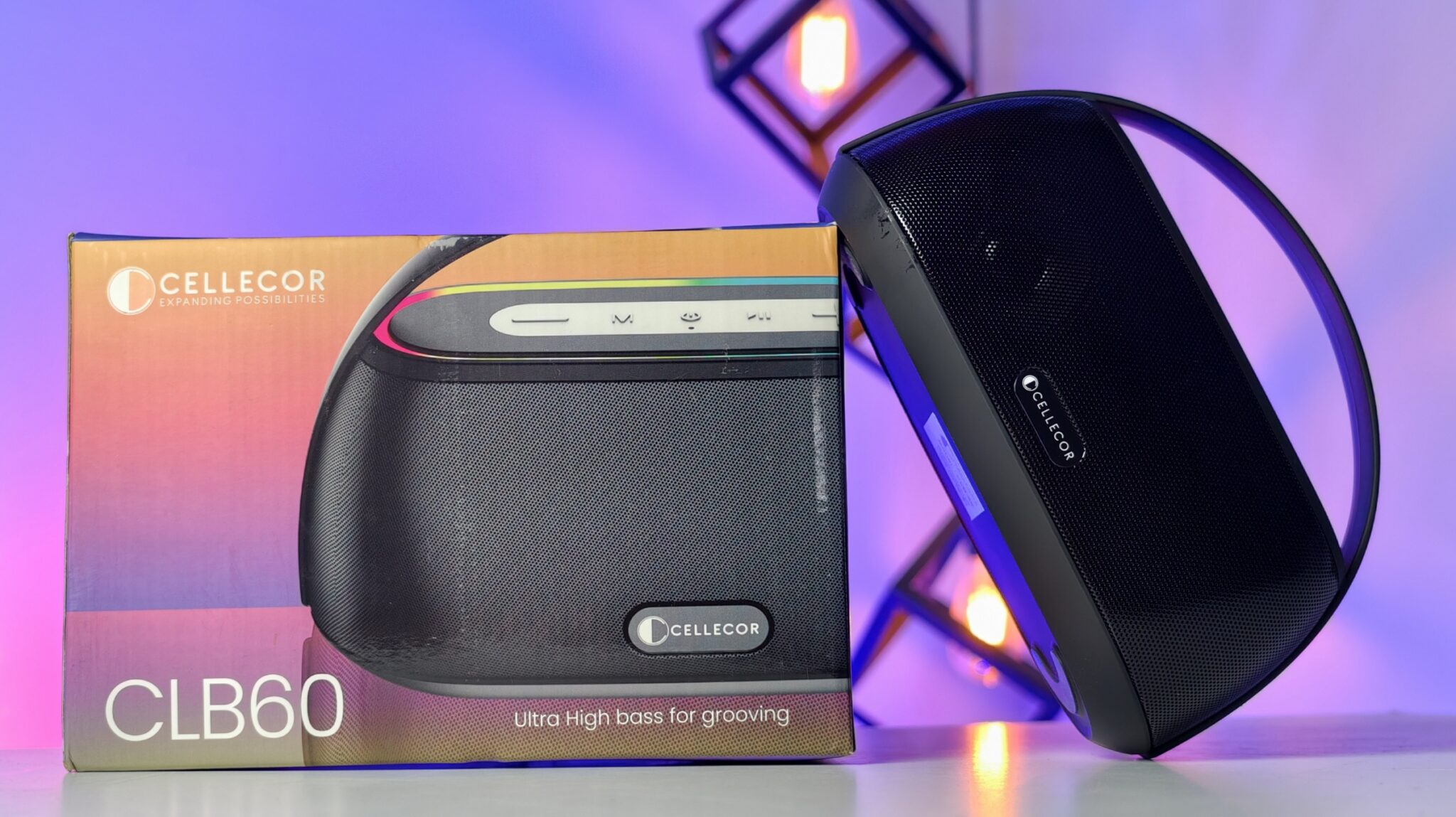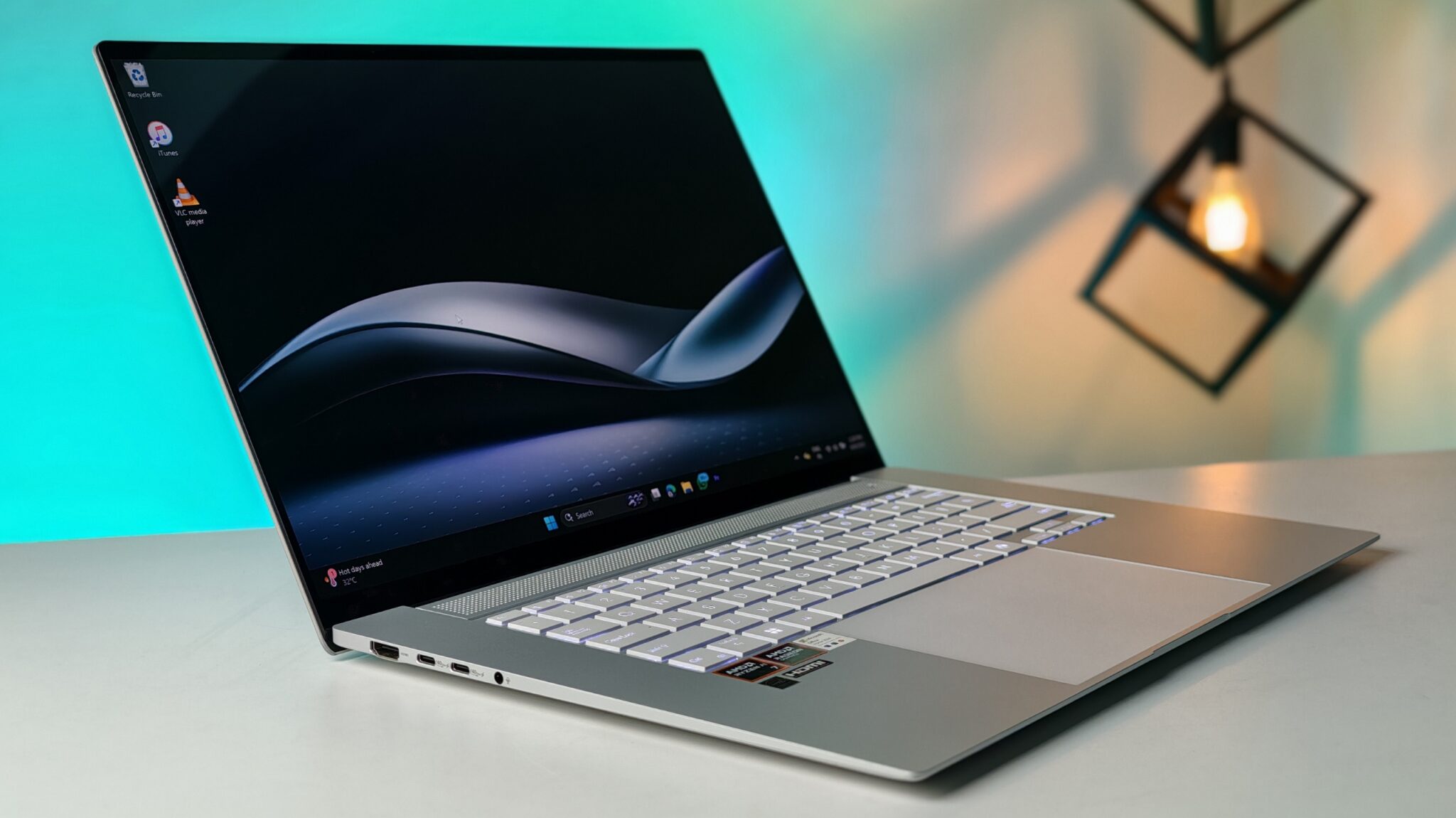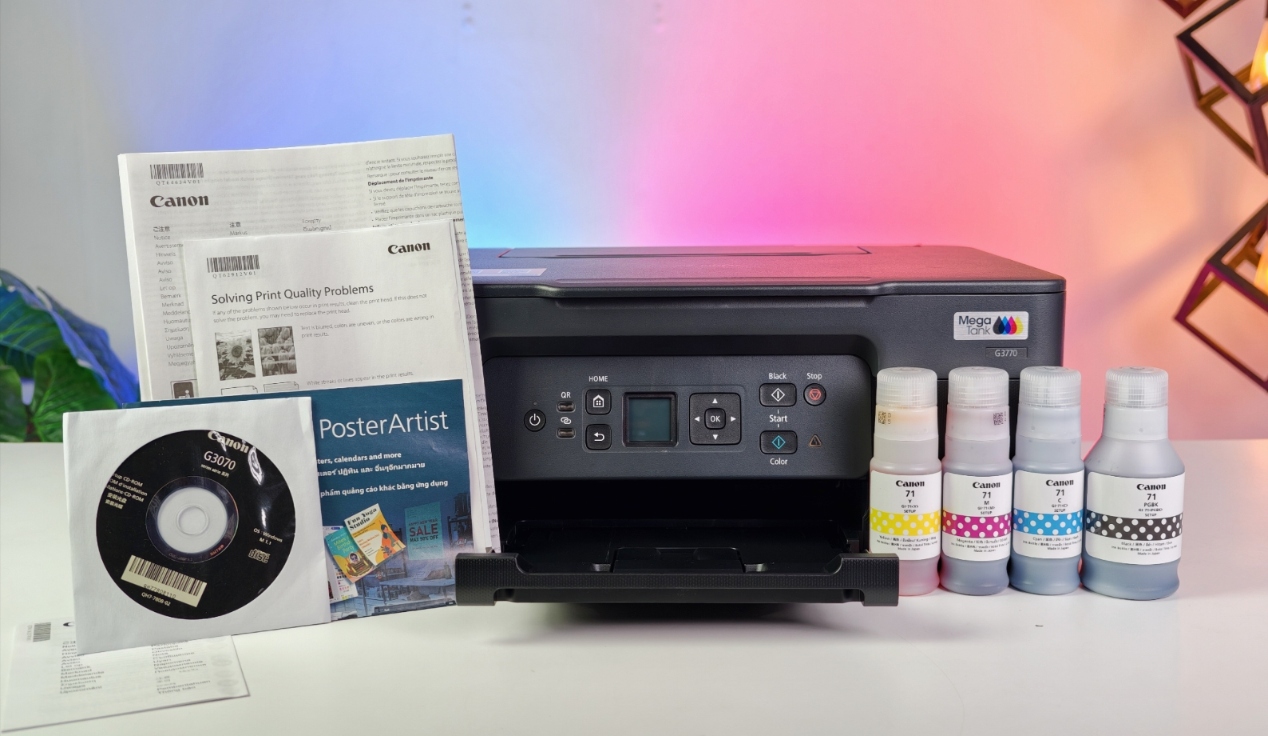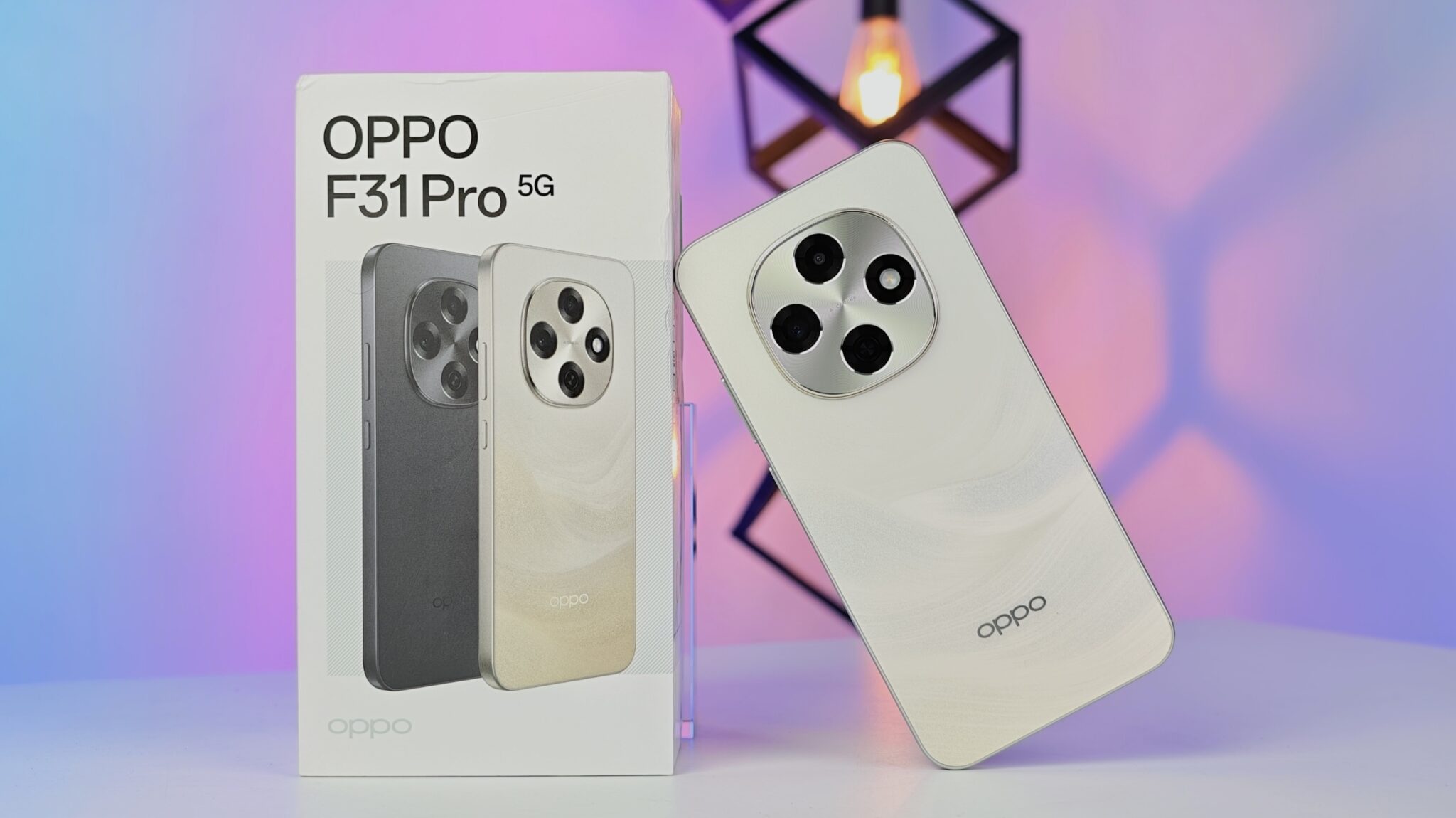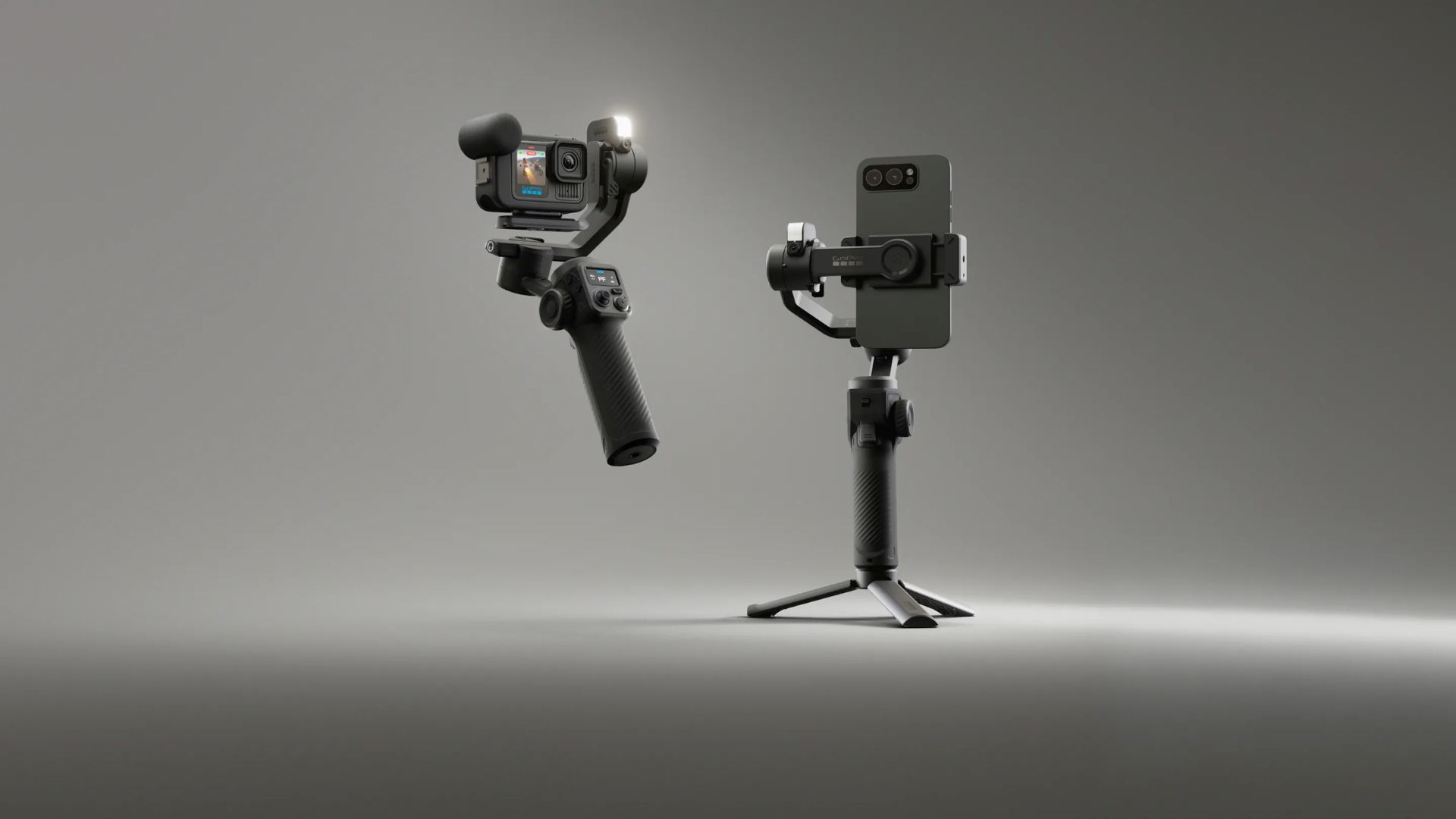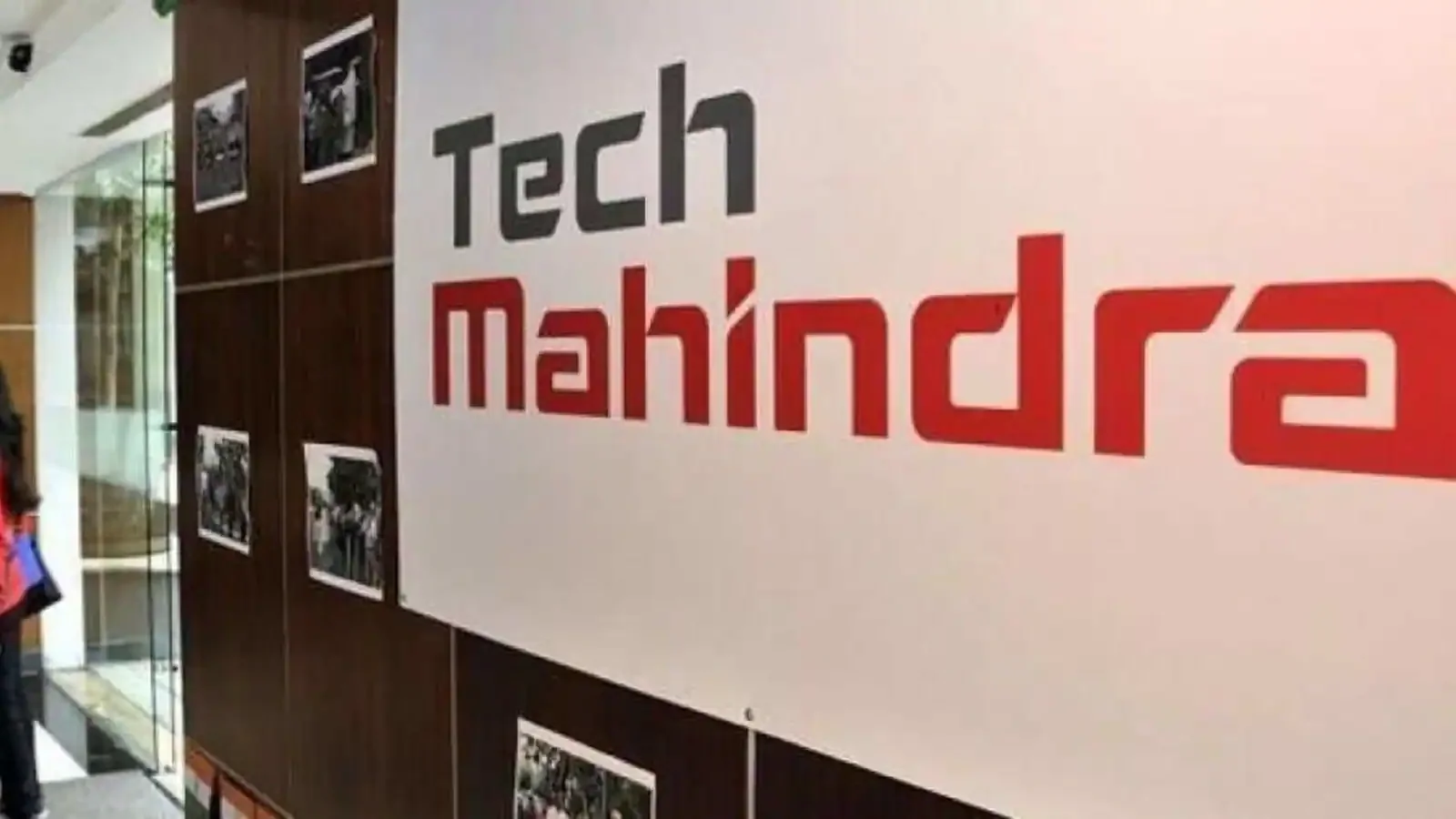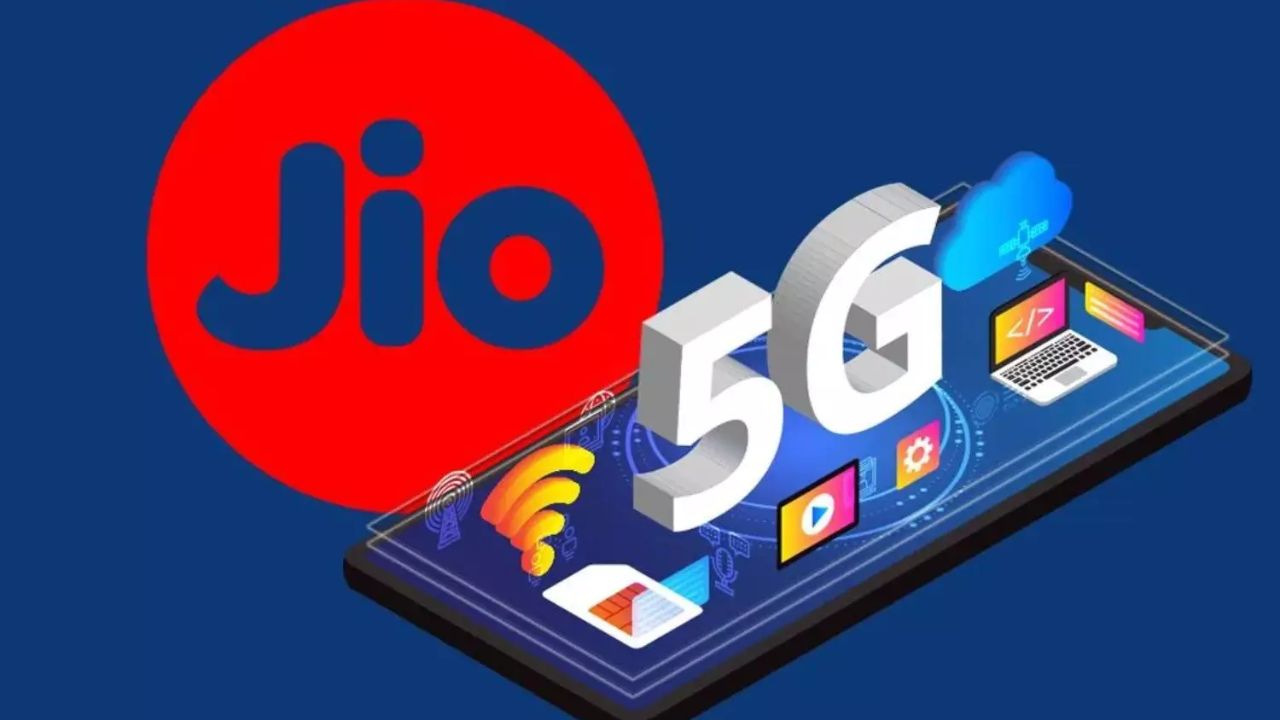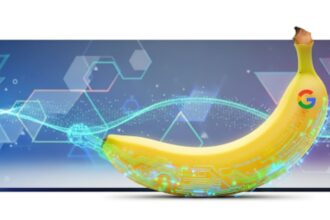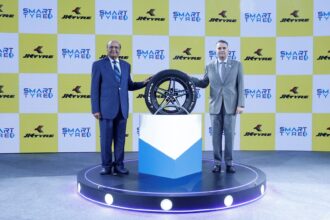Google DeepMind has achieved a notable advance in robotics with the introduction of Gemini Robotics On-Device, a specialized artificial intelligence model that allows robots to operate with a high degree of autonomy without constant reliance on cloud servers. This development marks a shift in how advanced robotic systems can function, promising substantial improvements in responsiveness, data security, and operational reach for various applications.
Key Takeaways:
- Google DeepMind has introduced Gemini Robotics On-Device, an AI model designed to run locally on robots.
- This new model aims to eliminate dependency on cloud connectivity for real-time robotic operations.
- The primary benefits include reduced latency, enhanced data privacy, and increased operational reliability in varied environments.
- Gemini Robotics On-Device is a vision-language-action (VLA) model capable of understanding natural language commands and performing complex physical tasks.
- It is currently being tested with a select group of developers and companies through the Gemini Robotics SDK and a trusted tester program.
Traditionally, many sophisticated AI-powered robots depend heavily on cloud computing for processing complex tasks, decision-making, and learning. This cloud-centric approach, while offering immense processing power and access to vast datasets, comes with inherent challenges. Latency, the delay in data transmission between the robot and the cloud, can hinder real-time operations, especially in critical or time-sensitive environments. Furthermore, consistent and robust internet connectivity is not always guaranteed, particularly in remote or industrial settings. Data privacy and security also present concerns when sensitive operational data must constantly travel to and from external servers.
Google DeepMind’s new Gemini Robotics On-Device model directly addresses these limitations. Developed as an optimized version of the broader Gemini Robotics model, it is engineered to perform complex vision-language-action (VLA) tasks directly on the robot itself. This means the robot can interpret visual cues, understand spoken or written instructions, and execute physical actions with minimal or no delay, even in environments with limited or no internet access.
“Gemini Robotics On-Device marks a step forward in making powerful robotics models more accessible and adaptable,” stated a representative from Google DeepMind. “Our on-device solution will help the robotics community tackle important latency and connectivity challenges.”
A Closer Look at Gemini Robotics On-Device
Gemini Robotics On-Device operates as a VLA model, meaning it integrates visual perception, language comprehension, and physical action capabilities. This allows robots equipped with the model to interpret complex multimodal queries, which can include a mix of visual information, audio commands, and text instructions. For instance, a robot could be shown an object, told to manipulate it in a specific way, and then perform the task, all processed locally.
Internal trials conducted by Google DeepMind have demonstrated the model’s capacity to perform a wide array of dexterous tasks. These include activities like unzipping bags, folding clothes, zipping a lunchbox, drawing a card, and pouring salad dressing. The model also showed the ability to handle unfamiliar objects and execute precision tasks often found in industrial assembly lines. It has been tested on various bi-arm robotic platforms, including ALOHA robotic systems, Franka Emika’s FR3, and Apptronik’s Apollo humanoid robot, exhibiting consistent performance across these different embodiments.
A significant aspect of Gemini Robotics On-Device is its ability to adapt to new tasks with a relatively small number of demonstrations. Google DeepMind reports that the model can learn new operations with as few as 50 to 100 examples. This capability for rapid task adaptation is important for quick deployment and flexibility in diverse industrial and service settings.
The Benefits of On-Device AI for Robotics
The transition from cloud-dependent to on-device AI for robotics carries several important advantages:
- Reduced Latency: By processing data locally, robots can react almost instantly to their environment and commands. This is critical for tasks requiring precise real-time control, such as navigating dynamic environments, manipulating delicate objects, or responding to sudden changes in instructions. Delays measured in milliseconds can impact performance and safety in many robotic applications.
- Enhanced Reliability and Robustness: Robots no longer need a continuous, high-bandwidth internet connection to perform their core functions. This makes them significantly more reliable in areas with intermittent or poor network coverage, such as remote warehouses, construction sites, or disaster zones. Operations can proceed uninterrupted, improving overall system uptime.
- Improved Data Privacy and Security: When data is processed on the device, sensitive information remains localized. This minimizes the risk of data breaches during transmission to external cloud servers, addressing a significant concern for industries handling confidential processes or personal data. Companies with strict data privacy requirements can operate robotic systems with greater confidence.
- Lower Operational Costs: While initial investment in on-device processing hardware might be a factor, long-term operational costs related to cloud data transfer and compute resources can be reduced. This can make advanced robotics more accessible and cost-effective for a broader range of businesses.
- Increased Autonomy: True autonomy for robots depends on their ability to perceive, reason, and act independently. On-device AI enables robots to make complex decisions locally, reducing their reliance on external computational resources. This moves robots closer to human-like independent operation.
The Landscape of Robotics and AI
The field of robotics has made substantial progress over the past decades. Early industrial robots were largely pre-programmed for repetitive tasks in controlled environments. The integration of artificial intelligence, particularly machine learning and computer vision, has transformed these machines into more intelligent and adaptable agents.
Google DeepMind has been a significant contributor to this evolution. Their broader Gemini Robotics initiative, which this on-device model builds upon, aims to bring multimodal reasoning and real-world understanding to physical robots. Previous work includes models like RoboCat, an AI that could control robotic arms and adapt to new models and tasks, showcasing generalization capabilities. The ongoing research at Google DeepMind focuses on enabling robots to learn how to perform complex manipulation and locomotion tasks, with the objective of building AI responsibly to benefit humanity.
However, the journey to fully autonomous, general-purpose robots still involves challenges. While on-device processing mitigates many connectivity issues, the computational demands for highly complex, flexible AI models remain substantial. Optimizing these models to run efficiently on the power and resource constraints of a physical robot is a continuous area of research. Additionally, ensuring the safety, interpretability, and ethical deployment of increasingly autonomous systems is a paramount concern for researchers and developers alike.
Google DeepMind is making the Gemini Robotics SDK (software development kit) available to a select group of testers and companies through a trusted tester program. This approach allows developers to experiment with the AI system, adapt the model to their specific needs, and provide feedback, which will inform future improvements and broader releases. The model can also be tested using Google’s MuJoCo physics simulator.
This move by Google DeepMind represents an important advancement for the robotics community. By making powerful AI models accessible and runnable directly on robotic devices, it addresses practical barriers to widespread adoption and unlocks new possibilities for autonomous systems across various sectors, including manufacturing, logistics, healthcare, and beyond. The future of robotics appears increasingly independent, intelligent, and responsive, as the power of AI moves closer to the point of action.
FAQ Section
Q1: What is Google DeepMind’s Gemini Robotics On-Device?
A1: Google DeepMind’s Gemini Robotics On-Device is an artificial intelligence model specifically designed to run locally on robots, enabling them to perform complex tasks and make decisions without requiring a constant internet connection to cloud servers.
Q2: What kind of tasks can robots perform with Gemini Robotics On-Device?
A2: Robots equipped with this model can perform a wide range of dexterous tasks, including folding clothes, unzipping bags, handling unfamiliar objects, and executing precision assembly operations. It can understand natural language commands and interpret visual information.
Q3: How does Gemini Robotics On-Device differ from previous AI models for robots?
A3: The key difference is its ability to operate independently of cloud connectivity. Many previous models relied on cloud computing for processing, which introduced latency and connectivity dependencies. Gemini Robotics On-Device performs this processing directly on the robot.
Q4: What are the primary benefits of robots using on-device AI like Gemini Robotics On-Device?
A4: The main benefits include reduced latency (faster response times), enhanced reliability in environments with limited internet, improved data privacy and security (as data stays local), and potentially lower long-term operational costs by reducing cloud resource dependency.
Q5: Is Gemini Robotics On-Device available to the public?
A5: Currently, access to Gemini Robotics On-Device is limited to participants in Google DeepMind’s trusted tester program. Developers and companies can apply to gain access to the Gemini Robotics SDK for experimentation and feedback.
Q6: What types of robots are compatible with Gemini Robotics On-Device?
A6: The model has been tested and shown to work effectively with bi-arm robotic platforms, including ALOHA robotic systems, Franka Emika’s FR3, and Apptronik’s Apollo humanoid robot.
Q7: How quickly can a robot learn new tasks with Gemini Robotics On-Device?
A7: Google DeepMind states that the model can adapt to new tasks with as few as 50 to 100 demonstrations, indicating efficient task adaptation capabilities.



